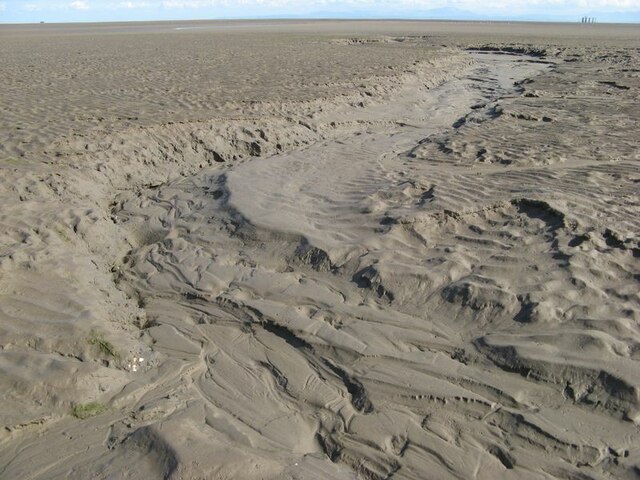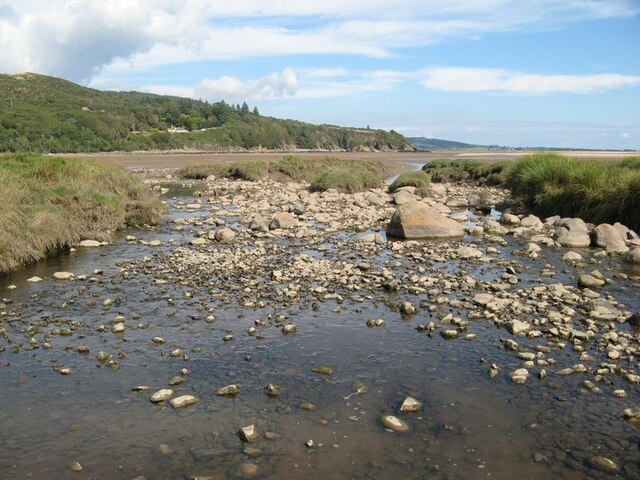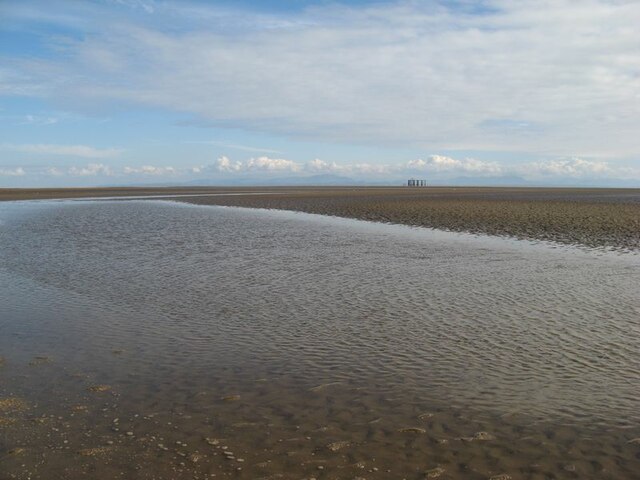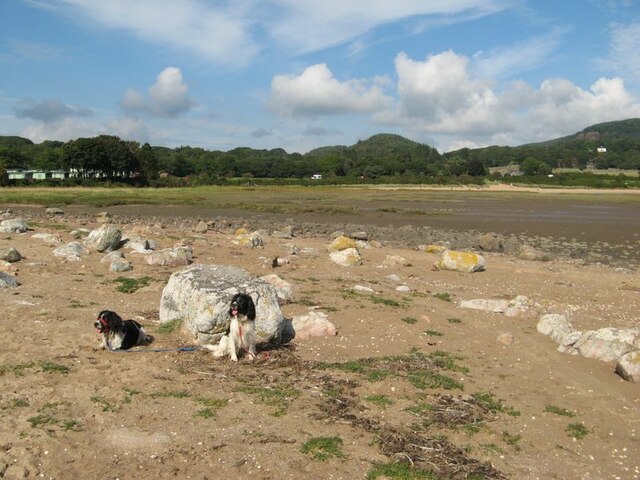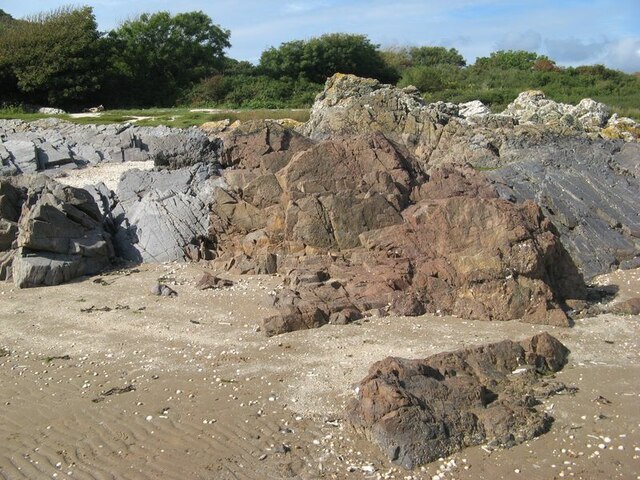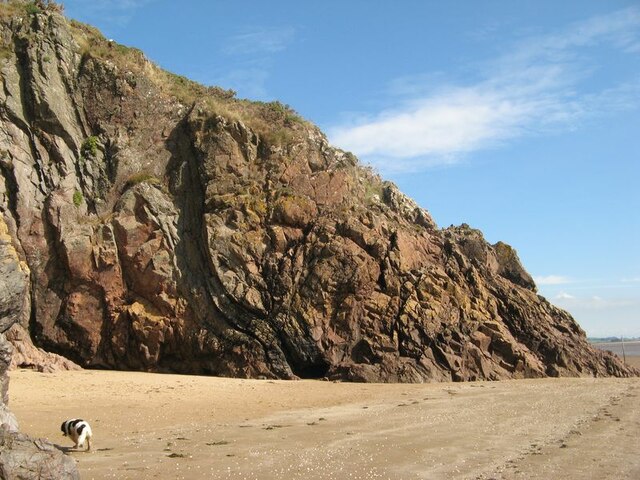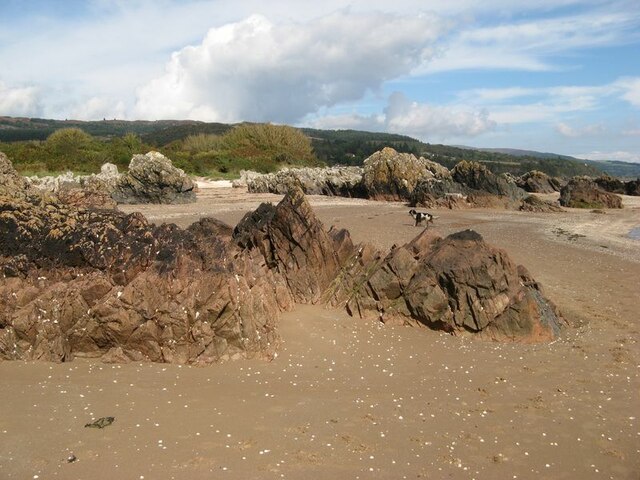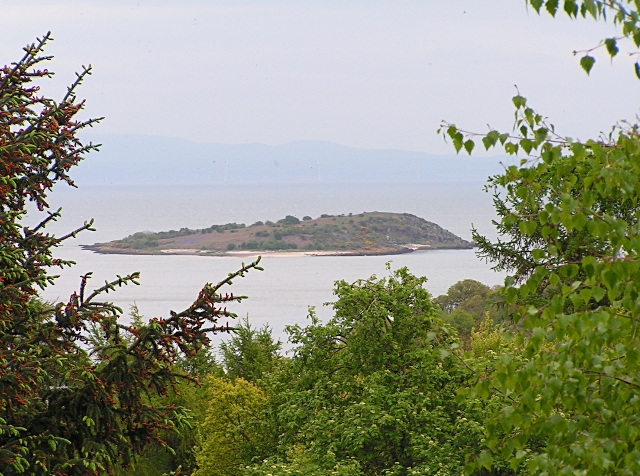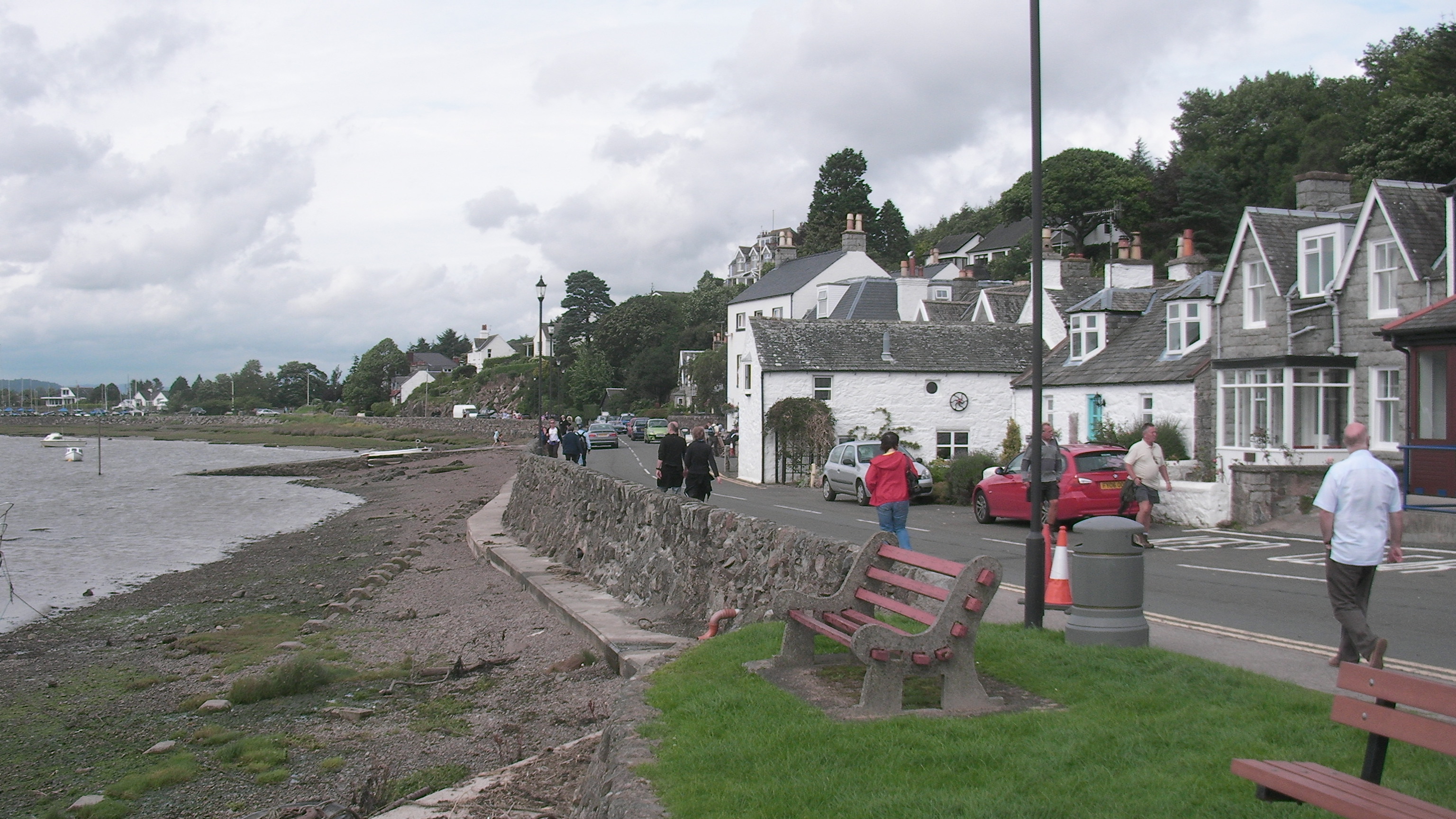Newbarns Loch
Lake, Pool, Pond, Freshwater Marsh in Kirkcudbrightshire
Scotland
Newbarns Loch
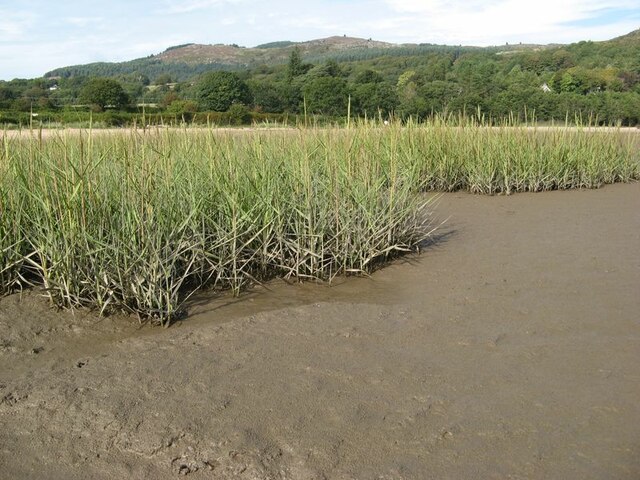
Newbarns Loch is a picturesque freshwater loch located in Kirkcudbrightshire, Scotland. Nestled amidst the rolling countryside, the loch covers an area of approximately 4 hectares and is a haven for wildlife and nature enthusiasts.
The loch is surrounded by lush vegetation, including reeds, rushes, and water lilies, creating a vibrant and diverse ecosystem. This rich plant life provides a perfect habitat for a variety of bird species, such as mallards, tufted ducks, and coots, which can be spotted gracefully gliding across the calm waters. Additionally, the loch is home to several species of fish, including perch and pike, which attract anglers looking to test their skills.
Newbarns Loch also features a small freshwater marsh, which provides a breeding ground for amphibians like frogs and newts. The marshland is teeming with life, with dragonflies and damselflies flitting about, adding to the loch's natural charm.
Surrounded by scenic countryside, the loch offers a tranquil and peaceful setting for visitors. Nature walks and birdwatching are popular activities, allowing visitors to immerse themselves in the beauty of the surroundings. The loch is easily accessible, with a car park nearby and well-maintained paths that wind around its shores.
Overall, Newbarns Loch is a hidden gem in Kirkcudbrightshire, offering a perfect blend of natural beauty and wildlife. Whether it's fishing, birdwatching, or simply enjoying the peaceful atmosphere, the loch provides an idyllic escape for nature lovers.
If you have any feedback on the listing, please let us know in the comments section below.
Newbarns Loch Images
Images are sourced within 2km of 54.877076/-3.7465344 or Grid Reference NX8854. Thanks to Geograph Open Source API. All images are credited.



Newbarns Loch is located at Grid Ref: NX8854 (Lat: 54.877076, Lng: -3.7465344)
Unitary Authority: Dumfries and Galloway
Police Authority: Dumfries and Galloway
What 3 Words
///battle.novelist.inflamed. Near Dalbeattie, Dumfries & Galloway
Nearby Locations
Related Wikis
Colvend and Southwick
Colvend and Southwick is a community council area and civil parish within the Stewartry area of Dumfries and Galloway, Scotland. It is also part of the...
Rough Island, Scotland
"Rough Island" is also used as a translation of "Garbh Eilean", a common Scottish name for islandsRough Island is a 20-acre (8 ha) uninhabited tidal island...
Rockcliffe, Dumfries and Galloway
Rockcliffe is a small, coastal village in Kirkcudbrightshire, Dumfries and Galloway in Scotland, with a view of Rough Island, Hestan Island, the Solway...
Kippford
Kippford (/ˈkɪpfəd/; otherwise Scaur) is a small village along the Solway coast, in the historic county of Kirkcudbrightshire in Dumfries and Galloway...
Rough Firth
Rough Firth is an inlet on the northern coast of the Solway Firth in the Stewartry area of Dumfries and Galloway, Scotland. The firth lies between Almorness...
Palnackie
Palnackie is a village in the parish of Buittle in the historical county of Kirkcudbrightshire in Dumfries and Galloway, Scotland. It has a population...
Hestan Island
Hestan Island is a small coastal island at the southern foot of the River Urr estuary in the Solway Firth, in the historical county of Kirkcudbrightshire...
Orchardton Castle
Orchardton Castle overlooks the Solway Coast. Built in the 1880s, this is a Grade B listed property formerly known as Orchardton House. Built around a...
Nearby Amenities
Located within 500m of 54.877076,-3.7465344Have you been to Newbarns Loch?
Leave your review of Newbarns Loch below (or comments, questions and feedback).
